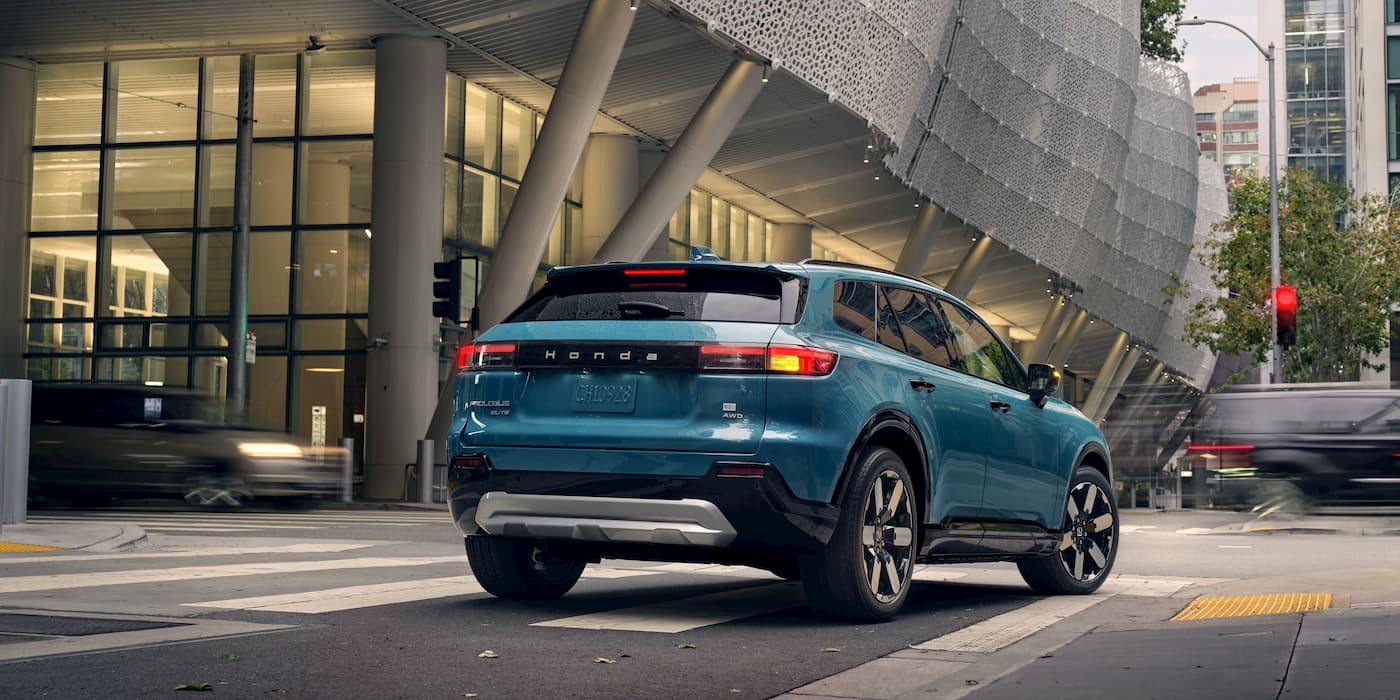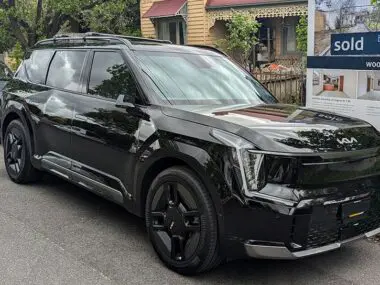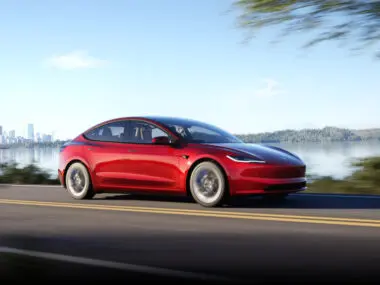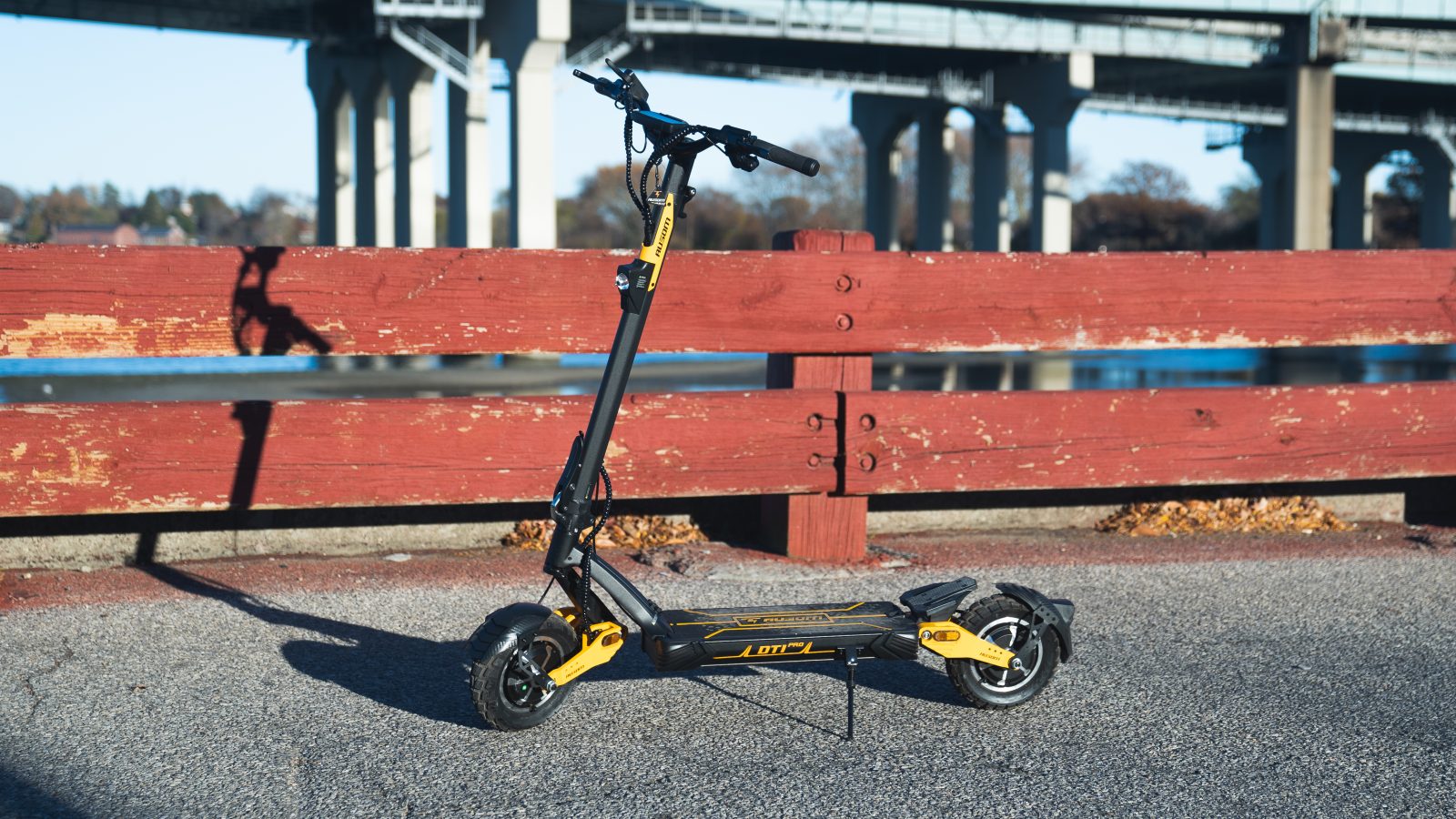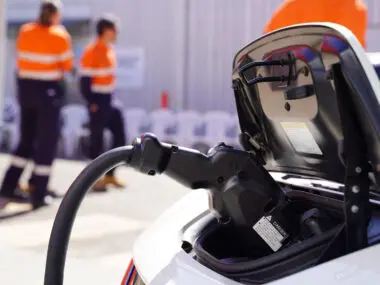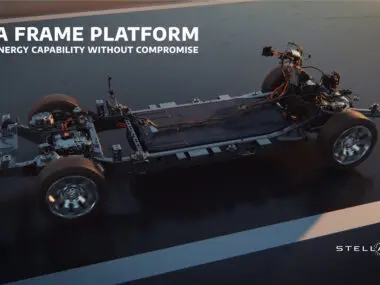 dogaegeozden@gmail.com
dogaegeozden@gmail.com
I bought a Kia EV9 to replace my Toyota Kluger, and I’m loving it
I needed a car that does a lot of mileage, can fit a family of five, and can tow. The Kia EV9 is a joy to drive, and it can back up my all electric home.
The post I bought a Kia EV9 to replace my Toyota Kluger, and I’m loving it appeared first on The Driven.
Tesla offers faster acceleration for dual motor Model 3, shaving half a second off sprint
A 14% faster Tesla Model 3 variant, now available in Australia.
The post Tesla offers faster acceleration for dual motor Model 3, shaving half a second off sprint appeared first on The Driven.
AUSOM’s 41mph scooter: Faster than you’d need yet stable enough to go faster
There are typically a few common factors that make it hard to enjoy a bit of speed, but unlike most electric scooters on the market, Ausom managed to get just right with their new Leopard DT1 pro scooter.
Of course, given that you’re in a safe area where it’s legal to get some speed going. Going fast on an electric scooter typically means you start worrying about things like how expensive it’s going to be, braking power, handling, suspension, and battery life. Fortunately in this case Ausom created a powerful 2*1000w motor scooter that’s both fast and feels stable enough to make you want to go faster than 41 mph.
For a limited time, get an extra $50 off with promo code Electrek50 for Black Friday.
Batteries on wheels: Electric cars may save power grid, if drivers let them
Electric vehicles could put strain Australia’s energy networks, or they might save them: It will be up to motorists to decide which path the nation takes, experts say.
The post Batteries on wheels: Electric cars may save power grid, if drivers let them appeared first on The Driven.
Meet the updated 2026 Genesis Electrified GV70, now with more range and an NACS port
The refreshed 2026 Genesis Electrified GV70 was introduced at the LA Auto Show on Wednesday, now equipped with an NACS charging port to access Tesla Superchargers. In addition to gaining more driving range, here’s what the new model includes.
Rio Tinto and China’s SPIC partner to test electric mining trucks with battery swapping
Mining giant Rio Tinto will partner with China’s State Power Investment Corporation (SPIC) to demonstrate battery-swap-capable electric haul trucks at the Oyu Tolgoi copper mine in Mongolia.
The technology is already in use on haul trucks in mining operations in China, and this collaboration will enable Rio Tinto to demonstrate a complete battery-electric truck and charging ecosystem.
The two-year project will demonstrate 8 mining haul trucks (91-tonne payload), 13 batteries (800 kWh), and a robotic battery swap and charging station. Technical experts from Rio Tinto and Oyu Tolgoi have worked closely with SPIC and truck manufacturer Tonly to align the equipment design with Rio Tinto’s requirements. The trucks will perform non-production activities in the aboveground operations—specifically, tailings dam rehabilitation work and topsoil movement.
Rio Tinto operates about 700 haul trucks across its global operations, of which 100 are classified as small or medium class (100-200-tonne payload).
Each battery is expected to last up to 8 hours, depending on the work performed, and the battery swap process takes around 7 minutes.
The first truck is scheduled to arrive at Oyu Tolgoi this year and the remaining 7 trucks, along with the battery swap and charging infrastructure, will be in operation by mid-2025.
Rio Tinto Chief Decarbonisation Officer Jonathon McCarthy said: “This demonstration will allow us to explore applications for battery-swapping technology that deliver more flexibility and less downtime than current static charging technologies. This work will complement the electrification pilots of ultra-class mining haul trucks planned for the Pilbara [in Australia].”
Source: Rio Tinto
Minnesota’s largest coal plant goes solar: Sherco Solar comes online
Xcel Energy has started delivering clean energy from one of the US’s largest solar farms: Sherco Solar in Minnesota. It’s a major step in the utility’s push to ditch coal and move to renewable energy across the Upper Midwest.
Stellantis flags EV range of 800kms for big electric Jeep and Ram models
Stellantis unveils new platform to support big electric cars and utes that will be produced under its Jeep and Ram brands, although the release first Ram electric ute has been delayed.
The post Stellantis flags EV range of 800kms for big electric Jeep and Ram models appeared first on The Driven.
2026 Genesis Electrified GV70 gets bigger battery, NACS port


Genesis unveiled the newly redesigned 2026 GV70 and Electrified GV70 SUVs at an exclusive event in Los Angeles on Nov. 19. Dual-sourced at the brand’s production facilities in Montgomery, Alabama and Ulsan, Korea, the newly redesigned GV70 and Electrified GV70 will arrive at North American retailers in the first half of 2025. The company also […]
The post 2026 Genesis Electrified GV70 gets bigger battery, NACS port appeared first on Electric Cars Report.

